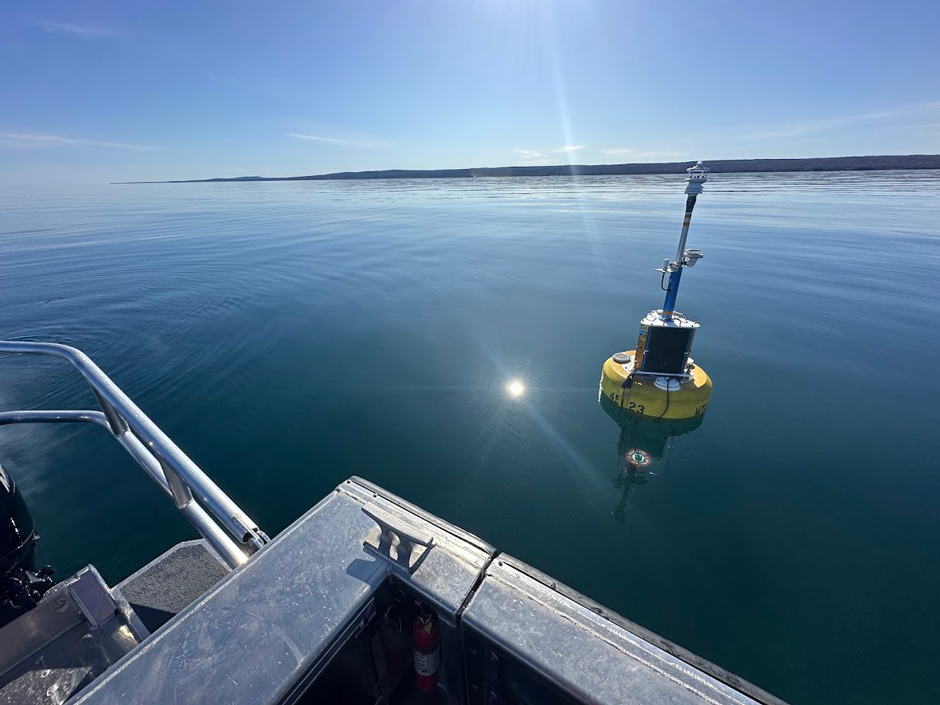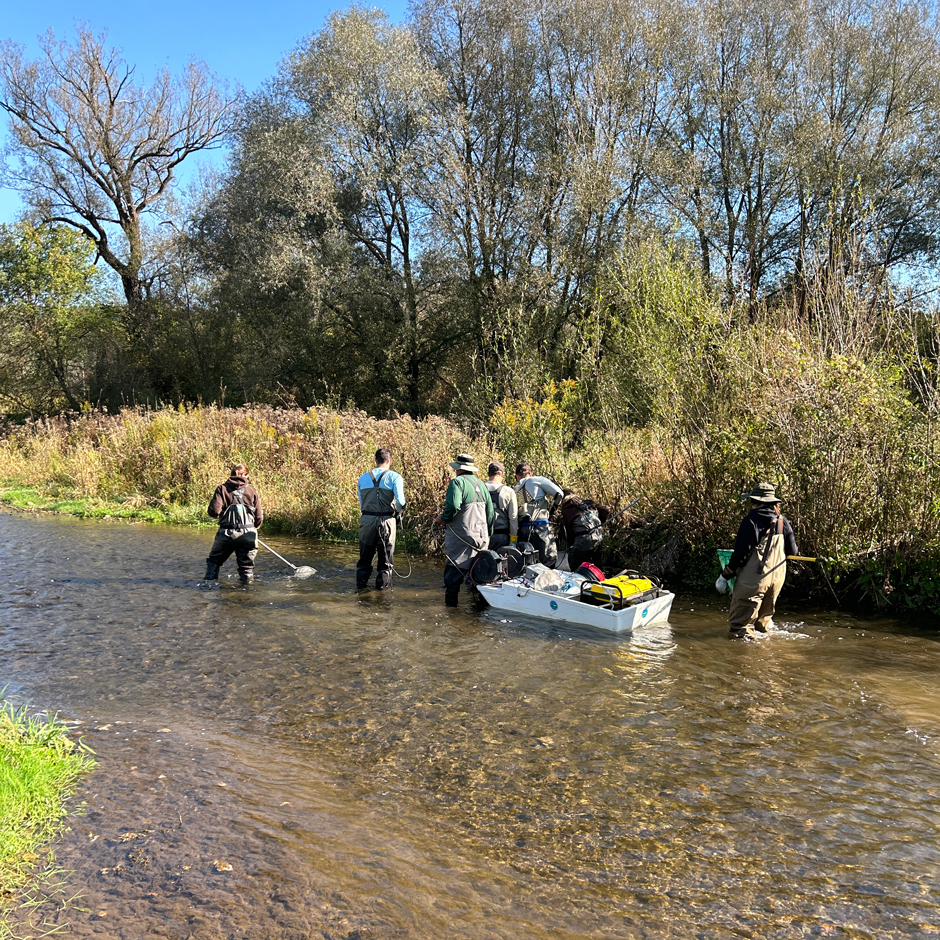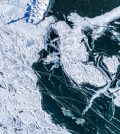Posts for tag "Great Lakes"
Great Lakes Research Center: Designing Targeted Monitoring Solutions
According to the National Oceanic and Atmospheric Administration (NOAA), the Great Lakes have more miles of coastline than the contiguous Atlantic and Pacific coasts combined and contain 20 percent of the world’s freshwater, making it a critical...
- Posted March 17, 2025
Monitoring and Facilitating Habitat Restoration Efforts in the Great Lakes
While human infrastructure, urbanization, and industrialization have advanced human societies, the natural environment has suffered due to constructed impediments and deteriorating architecture. In order to combat this degradation, habitat restoration programs across the US work to remove...
- Posted January 27, 2025
Predicting and Monitoring Ice Weather Events: The Great Lakes Approach to Ice Research
Ice cover on the Great Lakes provides numerous recreational and economic opportunities, including ice fishing, snowmobile charters, and ice caves on the lakes. Unfortunately, declining ice cover and increasing related weather events due to climate change, as...
- Posted August 19, 2024
Treating Harmful Algal Blooms: A Natural Progression
Researchers continue to perfect approaches to forecasting, assessing the impact, and preventing Harmful Algal Blooms (HAB).
- Posted September 19, 2022
Engaging People, Engaging Lakes: How The Public Can Help Aquatic Systems
Lake appreciation and engagement of the public is critical in establishing and maintaining healthy lakes, streams, and other aquatic systems.
- Posted November 17, 2021
New Tech Aims to Make Algal Bloom Monitoring Faster and More Dynamic
Technology on the horizon will allow researchers to track harmful algal blooms and measure their toxicity in real time.
- Posted July 7, 2021
Buoys in the time of Covid: Delays to important information
Although buoys collect and relay data largely on their own, they require a team to deploy. Covid slowed them down.
- Posted February 9, 2021
After 10 Years, Great Lakes Monitoring Program Still Adapting
Great Lakes Coastal Wetland Monitoring Program has provided data on a dynamic ecosystem for 10 years. Now it’s adapting to new challenges.
- Posted August 26, 2020
Is eradicating Great Lakes sea lamprey an “impossible dream?” Researchers say no
Sea lamprey control in the Great Lakes has been a success. Is eradication possible?
- Posted August 4, 2020
Lessons Learned from 35 Years of AOC Restoration
For thirty five years, Great Lakes communities have been restoring polluted areas, learning and reaping the economic benefits.
- Posted June 24, 2020
Plenty of plastic in the Great Lakes
The first ever measure of plastic pollution in Lake Ontario shows the whole Great Lakes system has a plastic problem.
- Posted April 8, 2020
Mercury and Lake Levels Rise and Fall Together around Great Lakes
Long term monitoring of lake levels and mercury levels in walleye and loons shows relationship between water and mercury levels.
- Posted March 4, 2020
Cornell University Biological Field Station at Shackelton Point: Monitoring New York’s Largest Interior Lake for Sixty Years
Shackelton Point data includes records on various lake aspects that go back 50 years or more, making lake trends emerge more clearly to researchers.
- Posted August 14, 2019
Great Lakes Region Gets Big Conservation Boost From Ducks Unlimited
Protecting, enhancing and restoring wetlands in the Great Lakes area, Ducks Unlimited has worked tirelessly to save thousands of vulnerable acres.
- Posted March 1, 2019
Central Lake Superior: Arctic Testbed and Autonomous Proving Ground
The new Marine Autonomy Research Site at the Great Lakes Research Center offers an Arctic Testbed close to home for trialing new tech.
- Posted November 19, 2018
Texting Buoys Helping to Create a Data Democracy
The Great Lakes Observing System’s texting buoys are making all kinds of data available via text to anyone who wants it, democratizing data.
- Posted October 23, 2018
ROVs Sparking Compassion and Curiosity at the Shedd Aquarium
The Shedd Aquarium team in Chicago has put underwater ROVs to use in a wide variety of programming events, using technology to inspire conservation.
- Posted October 19, 2018
Great Lakes Meteotsunami Experts Hone in on Big Wave Forecasts
Meteotsunamis are big waves that have been historically mislabeled and poorly forecasted in the Great Lakes. Experts are learning more and predictive tools are in sight.
- Posted July 2, 2018
Tweeting Ospreys: The Bay of Quinte Remedial Action Plan at Work
A remedial action plan for the Bay of Quinte has citizen scientists Tweeting data about the location of osprey nests to protect the species and ecosystem.
- Posted April 25, 2018
Bringing the Complex Picture of Mercury Pollution in the Great Lakes into Focus
Researchers have begun to unpack the sources and levels of mercury pollution in the Great Lakes—as well as determine what can be done about it.
- Posted February 28, 2018






















